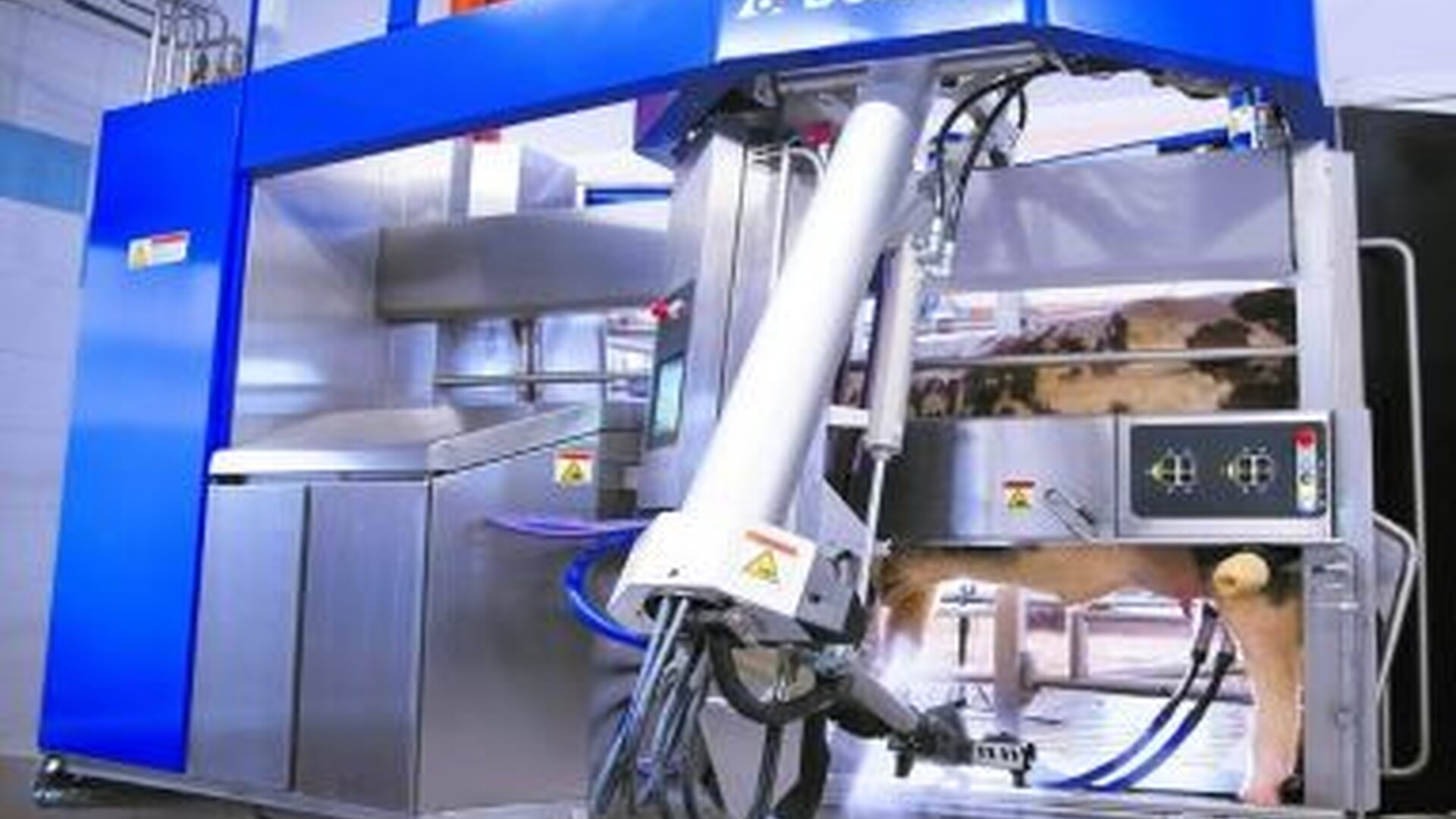- Fri. Apr 19th, 2024
Latest Post
Revolutionizing Milk Production: DeLaval’s VMS Solutions Batch Milking Technology
This article focuses on DeLaval’s new VMS Solutions Technology, also known as batch milking. In this system, cows go to a robot instead of a traditional parlor setting for milking.…
John Hennessy Recognized with National Science Board’s Vannevar Bush Award for Exceptional Contributions in Science and Technology.
John Hennessy, a prominent computer scientist and former president of Stanford University, has been chosen as the recipient of the National Science Board’s 2024 Vannevar Bush Award. The prestigious award…
Unraveling the Secrets Behind Dave’s Sushi Outbreak: A Journey through Bozeman’s Restaurant Reopening and Food Safety Initiatives
In May 2023, Dave’s Sushi in Bozeman reopened after being closed for almost a year due to an outbreak that affected 50 people and resulted in two deaths. The investigation…
Washington County Reverses Decision and Approves Eaglecrest Recovery Facility: A Step Towards Healing for the Community
In 2023, Washington County officials rejected a treatment facility proposal. They denied a conditional use permit for the Eaglecrest Recovery facility near Beaver Lake. However, after being warned that the…
Eye on Universal Health Coverage: A Fireside Chat with Leaders in the Healthcare Industry
Get ready for a captivating fireside chat on Universal Health Coverage (UHC) as we delve into the real-world challenges and triumphs that leaders face in ensuring healthcare is accessible and…
Fostering Collaboration: The Llao Llao Forum in Bariloche Tackles Global Uncertainty and Showcases Start-ups Driven by Innovation and Science.
The Llao Llao Forum in Bariloche, set against a stunning backdrop, is focusing on global uncertainty for its 2019 edition. While the event dedicates significant resources to this topic, it…
Record-Setting Performance at the Missouri SkillsUSA Robotics Automation Technology Competition: North Central Missouri College’s Team Takes First Place and Earns a Spot on the National Stage
North Central Missouri College’s robotics automation technology team, consisting of Keaton Pettlon and Zachary Walker from Maryville, recently secured first place in the Missouri SkillsUSA Robotics Automation Technology Competition at…
Apple Removes WhatsApp, Threads from Chinese App Store due to National Security Concerns – Implications for Western Platforms and US Policymakers
In recent news, Apple has removed WhatsApp and Threads from its Chinese app store after being ordered to do so by the government. This move was taken due to national…
Israel Attacks Iran in Retaliation for Weekend Attack on Its Consulate in Damascus: What It Means for the Region
On April 19, 2024, reports emerged that Israel had launched an attack on Iran. The attack came just days after Tehran fired 300 projectiles towards the country. According to Fars…
From Playoffs to Uniforms: The Lions Embrace their Past and Secure a Bright Future with Black Jerseys
The Lions have recently unveiled their new uniforms, which pay tribute to the team’s past, particularly during the Barry Sanders era. The updated uniforms feature subtle changes, with a standout…




